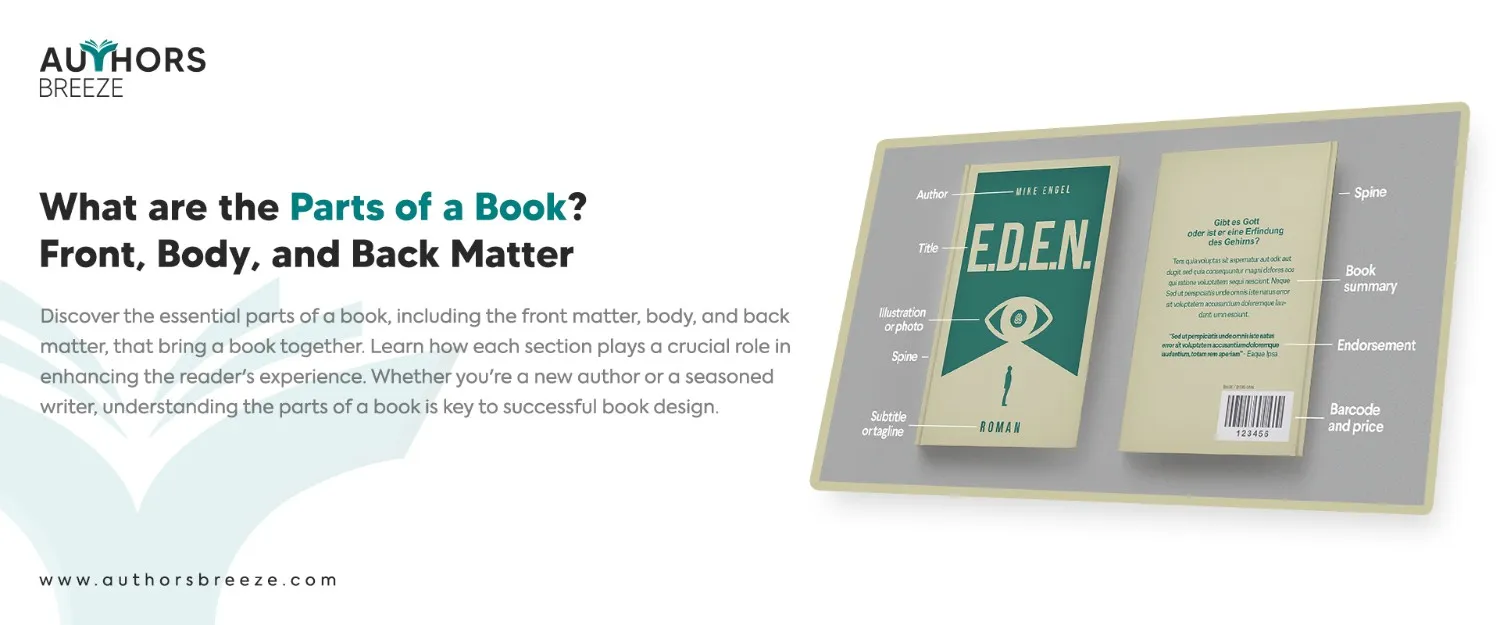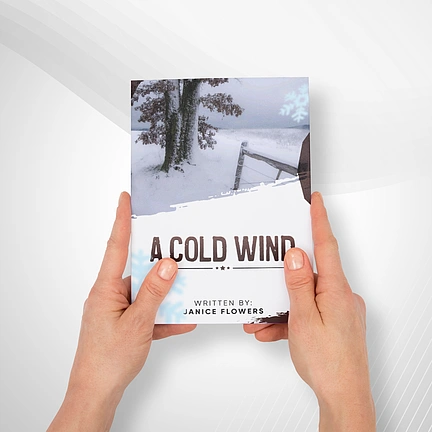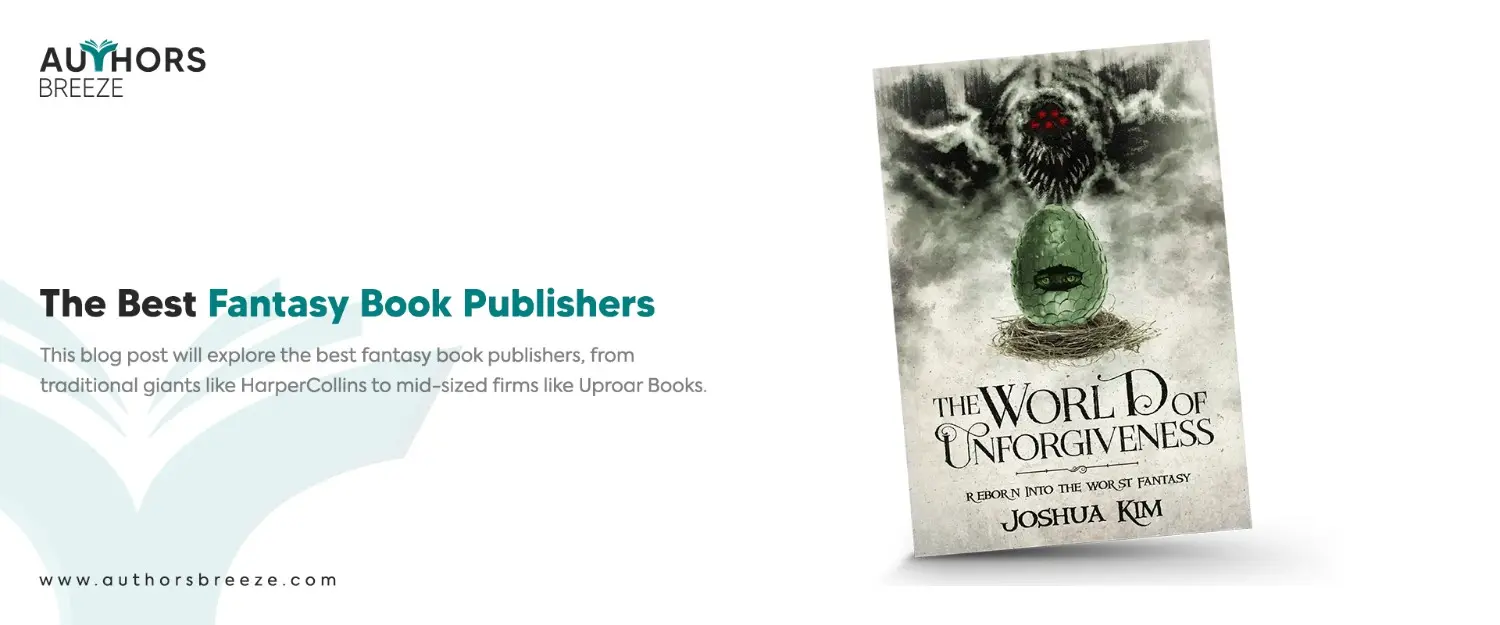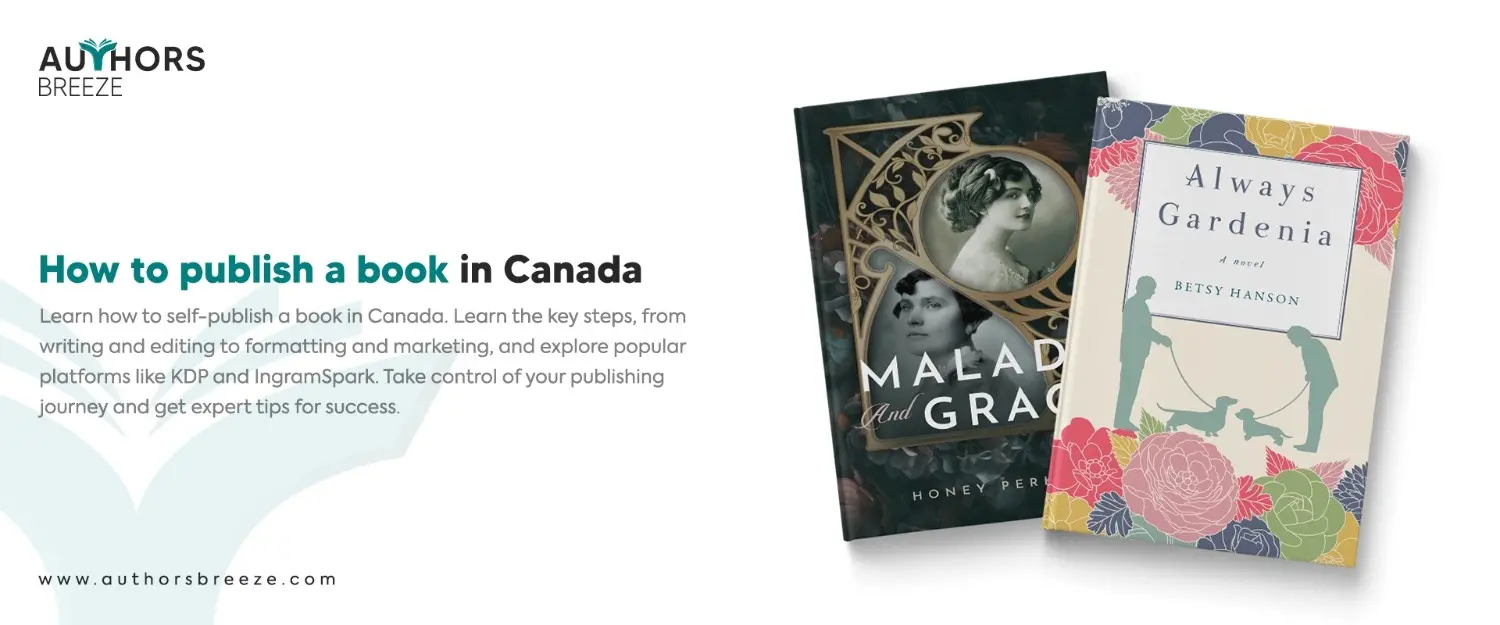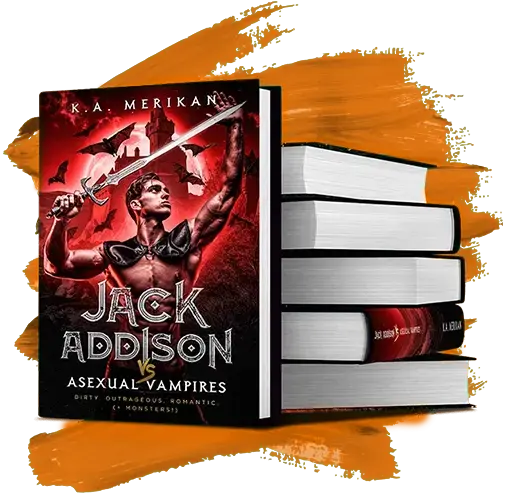Don’t Have Time To Read? Listen To Parts of a Book Instead!
Key Takeaways: What are the Parts of a Book? Front, Body, and Back Matter
There are three parts to a book:
- Front Matter: The opening part of the book. It includes the following:
- The title page
- Copyright page
- Dedication
- Acknowledgments
- Preface
- Table of contents
- Body: The central part of the book. It is where the story or content unfolds. It includes the following:
- Chapters
- A prologue and epilogue for fiction
- An introduction and conclusion for nonfiction.
- Back Matter: The last part of the book. It provides additional information and context and contains the following:
- Appendices
- Glossaries
- Bibliographies
- The author’s bio
Turn Your Parts of Book into Bestseller
Compile the pieces of your book and let us self-publish your book in order to make your dream of being an author a reality.
Introduction: Parts of a Book
Kelvin, a budding author, was on the brink of a new chapter in his life. Living in the fast-paced rhythm of New York City, he was juggling the excitement of a forthcoming book-writer interview with the daunting realization of a glaring knowledge gap about parts of a book.
Days away from the interview, anxiety began to creep in as countless hours of online exploration yielded little clarity. So, desperate for answers, Kelvin turned to the one person who could illuminate his path: Professor Stewart, a seasoned wordsmith and his former mentor.
Kelvin sought Professor Stewart’s guidance with a heavy heart and a mind racing with questions. As the young writer poured out his confusion, the professor listened intently, ready to solve the complexities of book structure.
Kelvin’s first query was basic.
What are the basic parts of a book I need to know before publishing?
Professor Stewart smiled knowingly. “A book is like a house, Kelvin, with its foundation, living spaces, and finishing touches.” Then, the professor begins to break it down by outlining the essential parts of a book:
Front Matter
The front matter of your book is like the welcoming hall of your literary home. It includes the title page, copyright page, dedication, acknowledgments, and preface, as well as a table of contents.
Body
The body is the heart of your book. It contains the chapters where your story unfolds or your ideas are explored. So you can call it the living area where readers spend most of their time.
Back Matter
This part includes appendices, glossaries, bibliographies, and the author’s bio, which offers additional info or context.
“Remember, Kelvin,” Professor Stewart concluded, “not every book needs all these parts. It depends on your genre and content. However, you need to understand these building blocks. As a result, it will give you a solid foundation for your writing journey.”
Understanding the Parts of a Book
Part 1. Front Matter: The Book’s Welcome
“Let’s explore the front matter,” Professor Stewart suggested, noticing Kelvin’s keen interest.
Accolades
If you’ve won awards or gotten great reviews for your writing or your work in the field (for nonfiction books), you should definitely include a page of these awards and praise at the beginning of your book. This is because it’s the first thing people will see, making them think your book is perfect even before they start reading.
Half Title Page
A half-title page is simply a page with just the book’s title on it. It’s usually plain and simple, without any fancy designs. Initially, it was used to protect the vital parts of the book when it was being bound, but now it’s more like a fancy first page. Some people even ask authors to sign their books on this page!
Copyright Page
It tells you important information about the book, such as:
- Who owns the book (copyright)
- Where you can find the book in the library
- The unique number of the book (ISBN)
- Which version of the book is it (edition)
- Who helped make the book cover design look pretty (designers)
- Who do you contact if you want to use parts of the book?
Title page
The title page is like the book’s official introduction. It shows the complete book title, the author’s name (just like on the cover), any extra title information, and the name of the publisher. It can be simple or fancy, but it’s always on the right-hand side of the page.
Dedication
It is optional but often heartfelt. Here, the author dedicates the book to someone special.
Acknowledgments
A place to express gratitude to those who contributed to the book’s creation, whether through support, advice, or practical help.
Preface or Foreword
This is where the author or another expert introduces the book, setting the stage for what’s to come.
Table of Contents:
The table of contents is like a roadmap for your book. It divides it into chapters (and sometimes sections) and gives them names. These chapter titles are critical because they give readers a first impression of what the book is about. By quickly looking at the table of contents, someone should be able to understand the main topic and what the book covers.
“Remember, Kelvin,” Professor Stewart added, “the front matter is like a welcoming committee. It should entice readers to explore further.”
Make Your Book Flawless
Writing a book is tough. Hidden errors can ruin it. Let Authors Breeze find and fix them.
Part 2. The Body: The Book’s Heart
“Now, let’s talk about the body,” Professor Stewart continued, leaning forward in his chair. “This is where the magic happens.”
Prologue (for fiction)
A prologue is like a sneak peek into the story before it really begins. It’s a short section written from a character’s point of view that introduces the setting or vital background information. So, think of it as setting the stage for the main action in fiction.
Introduction (for nonfiction)
An introduction is the book’s welcome mat. It’s a brief section at the beginning that introduces readers to the main topic. Moreover, the introduction prepares them for what’s to come. It works as a setting for the rest of the book. The intro also helps readers understand the importance of the subject and why they should keep reading.
If you want to know what separates fiction from nonfiction, read our blog ” What is the difference between fiction and nonfiction.”
Chapters
Chapters are the building blocks of your book. They break down the story into smaller, easier-to-read parts, and each tells a different piece of the story. Sometimes, you can divide chapters into smaller sections to help organize the information even more.
Epilogue (for fiction)
An epilogue is like a final chapter or a closing statement. It comes at the very end of the book. Also, it offers extra thoughts from the author. Usually, it wraps up the story, explains the author’s process, or provides a final reflection. So you can say that it is like a little gift to the reader after the main story is over.
Conclusion (for nonfiction)
A conclusion wraps up your nonfiction book. It is where you summarize the main points and ideas you have presented. Traditionally, the conclusion has a separate section. Nowadays, many nonfiction books incorporate their findings into the final chapter. However, a dedicated conclusion section might still be preferred for more academic or formal works.
“The body is where you develop your characters, explore your plot, or present your arguments. In addition, you need to maintain reader engagement throughout,” Professor Stewart emphasized.
Part 3. Back Matter: The Book’s Finishing Touches
“The back matter is often underestimated, Kelvin, but it is crucial as it provides additional context and information,” Professor Stewart explained.
The back matter includes:
Afterword
An afterword is like a final chat with the author. It comes after the main story and gives the writer a chance to share more about how the book came together. It’s a way to connect with readers on a deeper level and give them extra insights. Basically, it is like the author is saying, “Hey, reader, I wanted to share a bit more about my writing process or my thoughts.”
Appendices and Addendum
The appendix is for extra details or information related to the main story. Furthermore, you can include a map in an adventure book or a recipe list in a cookbook.
An addendum is for new information added after the book was first printed. It is an extra chapter in a later edition of a book.
Both can include things such as:
- Glossary: A mini-dictionary for words used.
- Index: A list of important words and where to find them.
- Timeline: A list of events in order.
- Pictures, charts, or graphs: Visual aids for better understanding.
Endnotes
Endnotes are a type of footnote. Instead of appearing at the bottom of the page, they’re gathered together at the end of the book or chapter. They provide extra details or information about something mentioned in the main text. You will often find them in nonfiction books.
Bibliography or Works Cited
A bibliography is a list of all the books, articles, or other materials you used to create your book. It is imperative to include this because it shows where you got your information. It is also a principle to give credit to the original authors. If you don’t include a bibliography, it might look like you’re copying someone else’s work, which is called plagiarism and is illegal.
If you use any parts of someone else’s work, such as pictures or quotes, you usually need to get permission from the owner. Moreover, you can show that you have this permission on a copyright permissions page.
Author Bio
Your author bio is like a mini-commercial for yourself. Moreover, it’s your chance to introduce yourself to readers and give them a glimpse into who you are. You can include it at the back of your book or on the cover flap.
What to include:
- Basic information: Your name, where you’re from, and what you do for fun.
- Writing journey: How did you start writing? Also, who inspired you?
- Your passions: What are you interested in? What causes do you care about?
- A sneak peek: Mention upcoming projects or include an excerpt from your book.
Remember:
“Keep it engaging and personal. You want readers to connect with you and feel interested in your work. Therefore, A well-written author bio can help you build a loyal fan base. If you’ve written a book with other authors, you can also include a section for each contributor.”
Bonus Tip: “Consider adding a professional headshot to your author bio. It helps readers put a face to the name.”
Coming Soon
This section is like a little teaser at the end of your book. It is a chance to keep readers engaged and excited about what’s next.
What to include?
- Information about the following book: Title, cover, release date, as well as a short blurb.
- Exclusive content: A sample chapter, character interview, or world-building details.
- Call to action: Encourage readers to sign up for your newsletter and follow you on your author’s websites and social media.
Index
An index is a list of all the important words and topics in the book, along with the page numbers where you can find them. For instance, you want to find a specific piece of information in a long book without an index! It would be like searching for a needle in a haystack. That’s why indexes are so helpful.
“Remember, Kelvin,” Professor Stewart concluded, “the back matter is like the book’s after-party. It offers readers a chance to learn more about the author.”
Conclusion
With a newfound understanding of a book’s structure, Kelvin felt a surge of confidence. Professor Stewart had transformed what seemed like an insurmountable challenge into a clear and achievable path.
Keep in mind, Kelvin,” Professor Stewart concluded, “a book is more than just words on a page. It’s a carefully constructed world. By understanding it parts, you’re well-equipped to craft a compelling narrative. Now, go forth and write.
Kelvin felt a renewed sense of purpose as he left the professor’s office. The interview dominated, and he got a job at Authors Breeze. He was eager to start a writing career.
Frequently Asked Question
What are the physical sections of a book called?
The physical parts are:
- The cover is the outside of the book. It has the title and usually a picture.
- Pages are the sheets of paper inside the book where the words and pictures are printed.
- The spine is the part that holds the pages together.
- Binding is when the pages are attached to the spine.
What is the general structure of a book?
Most books follow a basic structure:
- The beginning is where you meet the characters and learn about the problem or question.
- The Middle is a place where a story happens.
- The end is where the problem is solved or the question is answered.
From Idea to Book: We Make It Happen
Don’t let anything hold you back. Hire our ghostwriter, and let us help you to write your book.

